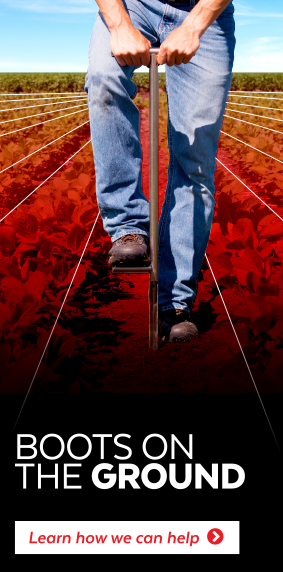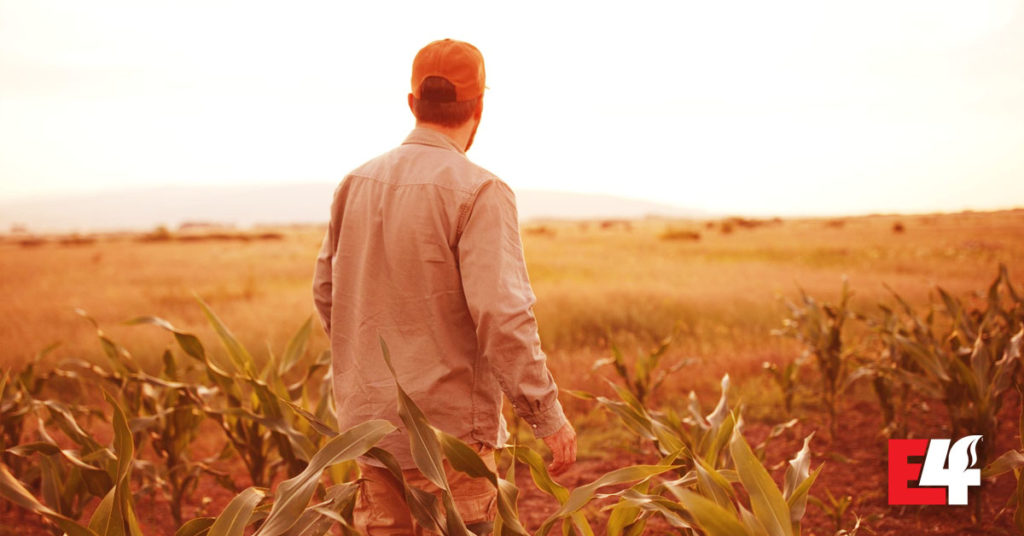More and more in agriculture, you hear about carbon credits. It’s becoming a larger topic of discussion not only due to it being part of strategies to reduce carbon emissions but also because it’s viewed as a way for growers to supplement their income. To help explain the ins and outs of carbon credits and what it means for farmers, the E4 team will cover some of the basics of this evolving trend in agriculture.
What Are Carbon Credits?
The concept of carbon credits allows businesses and industries to reduce or offset their greenhouse gas emissions (GHG). One carbon credit is commonly represented as one metric ton of carbon dioxide (CO2), and it can be created by investing in activities that reduce GHG emissions. For agricultural carbon credits, these activities are directed towards foresters, ranchers, and farmers who can increase carbon storage from the air into the soil through improved forest, grassland, and cropland practices.
Most tons of potential soil carbon storage in agriculture come from forest management activities, grassland conversion, and planting cover crops. Other agricultural activities potentially generating carbon credits include reduced tillage, reduced fertilizer applications, and even capturing methane from livestock operations and converting it to electricity.
How Farmers Benefit
Farmers benefit from carbon credits by getting paid to offset the carbon emissions of third parties. The current value of a carbon credit can be as high as $30 per metric ton and is expected to increase over time. Carbon credits can be generated when farmers that are involved in the carbon markets document sustainability practices.
There are two types of carbon markets: voluntary markets and compliance markets. Voluntary carbon markets serve businesses and individuals who wish to offset some or all of their GHG emissions to accomplish business or personal sustainability goals. Still, they are not legally required to do so. Compliance carbon markets serve regulated entities legally required to reduce their GHG emissions.
To participate in these markets, farmers can participate in programs designed to connect businesses and industries with growers ready to sequester carbon. Programs such as Bayer’s Carbon Initiative or Indigo Ag are a great way to get involved with this opportunity. There are plenty of other programs, too; you need only look for them. For other engaging information about the future of agriculture, look at other E4 articles on E4CropIntelligence.com/E4-Expertise.

